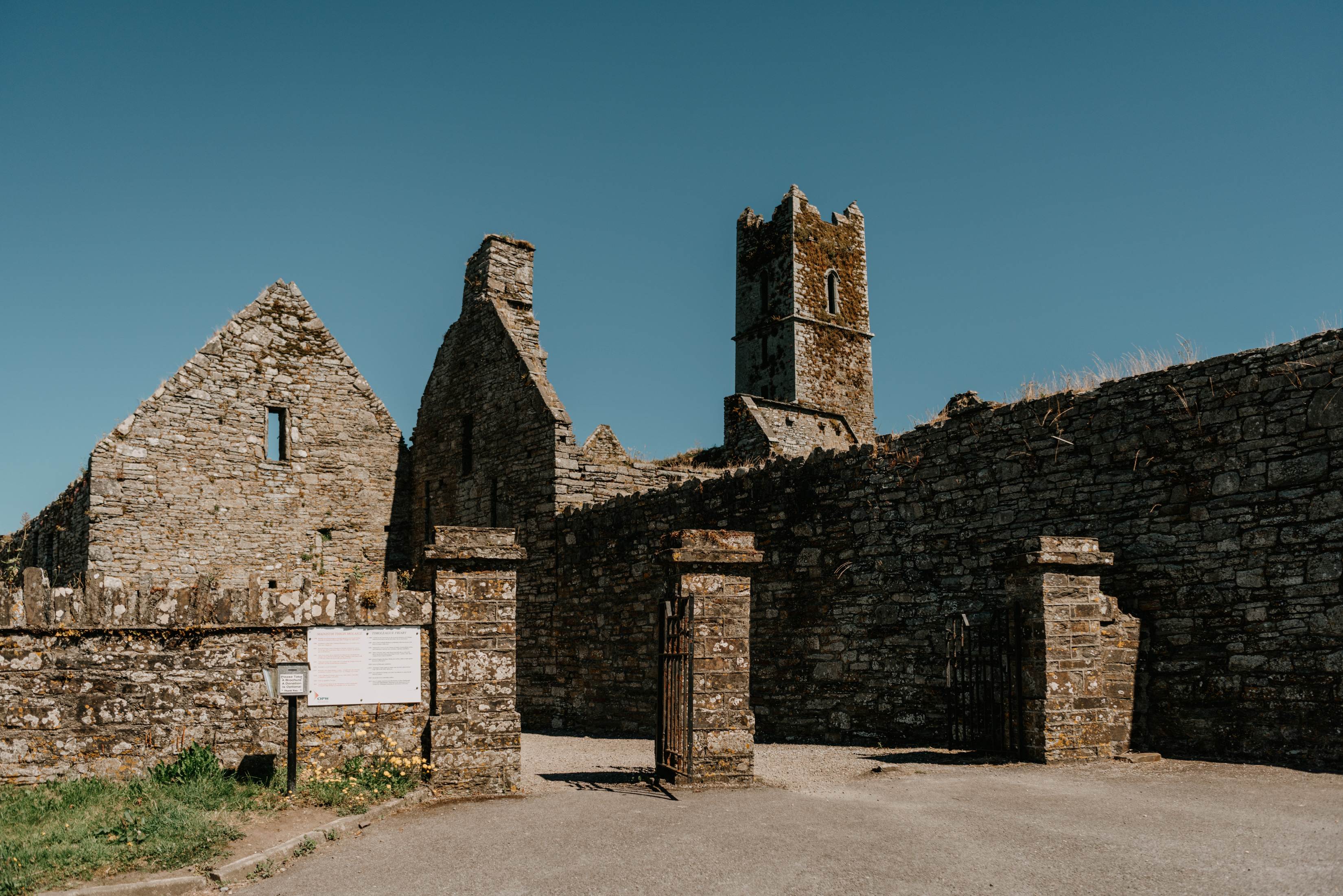Solar Energy and Ireland’s Built Heritage – how can we balance our renewable and non-renewable resources?
By Dr Maria Hallinan
Ireland’s heritage is made up of a mosaic of many tangible and intangible elements. These include archaeological sites, objects, buildings and structures, natural features, folklore, history and traditional skills. At the Law and the Environment Conference in UCC held on May 1st, a key session on Planning, Development and Heritage Law looked at several important legal aspects of Ireland’s heritage assets. I took part in this session and spoke to how we might balance heritage and environmental policies through the use of rooftop solar in Ireland’ built heritage.
In this piece, we wanted to address two things. Firstly, setting out what built heritage is and why it’s important and, secondly, how, as a sector, we can ensure solar is employed responsibly in Ireland’s built heritage based on best practice.
What is ‘built heritage’ and why is it important?
Ireland’s National Planning Framework states that:
“Ireland’s built heritage assets are a non-renewable resource that merit being nurtured in a manner appropriate to their significance as an aid to understanding the past, contributing to community well-being and quality of life as well as regional economic development”.
So, what exactly is meant by ‘built heritage’? Built heritage refers to a wide range of structures and sites throughout Ireland that are culturally, historically or architecturally significant. They range from domestic homes to commercial buildings, to places of worship and other infrastructure such as bridges. Under the Planning and Development Act 2000 (as amended),[1] elements of built heritage are afforded statutory protection, including:
Protected Structures: These are structures included in the Record of Protected Structures in a Local Authority Development Plan. They can be included for having architectural, historical, archaeological, artistic, cultural, scientific, social or technical significance.
Architectural Conservation Area (ACA): This is a place, area, group of structures or townscape that is of special architectural, historical, archaeological, artistic, cultural, scientific, social or technical interest, or contributes to the appreciation of a Protected Structure.
Area of Special Planning Control (ASPC): This is an area which is made up of all, or part of, an Architectural Conservation Area which is considered to be of special importance to the civic life or the architectural, historical, cultural, or social character of a city or town in which it is situated. Grafton Street, for example, is an ASPC.
Ireland’s built heritage contributes to our understanding of the past and adds value to the visual amenities of our rural and urban landscapes. However, as noted in the Government’s Built and Archaeological Heritage Climate Change Sectoral Adaptation Plan, it is under threat by the negative effects of climate change, such as severe weather events. Built heritage can, thankfully, contribute to the drive to reduce climate change and such weather events through improving the energy efficiency of protected structures. This includes employing solar energy where possible, however, this must be done responsibly and with careful consideration for the significance of the building. So…
…How can we balance built heritage and solar energy?
In the last several years, we have experienced a ‘rooftop revolution’ in Ireland with over 100,000 rooftops with solar installed as of July 2024. This was facilitated by incentives such as the removal of planning permission and VAT on the installation of residential solar panels. Since 2022 homeowners have been exempted from requiring planning permission for rooftop solar, except in certain circumstances. One of these circumstances is in cases where solar is being installed on a protected structure and the installation would materially affect the character of the structure or ACA. Through considering case studies from Local Authorities concerning the installation of solar on protected structures, which were subsequently appealed by the original applicant to An Bord Pleanála,[2] there are several important high-level takeaways:
City/County Development Plans and policy objectives play a key role in guiding Local Authorities and An Bord Pleanála in their assessment of the use of solar on protected structures. However, we are seeing precedents being set which may lead to confusion and complexities as solar rooftop is scaling.
Homeowners living in protected structures wish to balance the conservation of their homes with the need to make them liveable in the long term in terms of energy efficiency and security.
Heritage policies tend to refer to climate policy and legislation more explicitly, however, this does not occur the other way around. For example, the Climate Action Plan does not refer to the importance of architectural or built heritage in the climate transition.
Considering the above, what are some things we can do to ensure solar can be used responsibly on protected structures and Ireland’s built heritage going forward?
Determine the state-of-play: Gather sufficient data in relation to the installation of solar on protected structures to allow us to determine the state-of-play of solar and built heritage. This would help up determine what both good and bad practice looks like in the space.
Create and update guidance: Collaborate across the built heritage and solar sectors to create new and update current guidelines to provide examples of best practice. This will ensure solar is scaled and employed responsibly on protected structures.
Bridge and align policy priorities and objectives: City/County Development Plans provide objectives relating to both built heritage and renewable energy. However, these objectives can be perceived as being in direct opposition as they currently exist in silos from each other. Bridging these policy objectives through collaboration and the provision of guidance on best practice can ensure these objectives work in harmony, and not in opposition.
Increase knowledge: Enhance awareness, education, and training to avoid siloing and sectors colliding only when we have serious issues arising.
If we can achieve these things, we will be able to balance the scaling of solar rooftop and our renewable resources with the appreciation and conservation of Ireland’s non-renewable resources.
